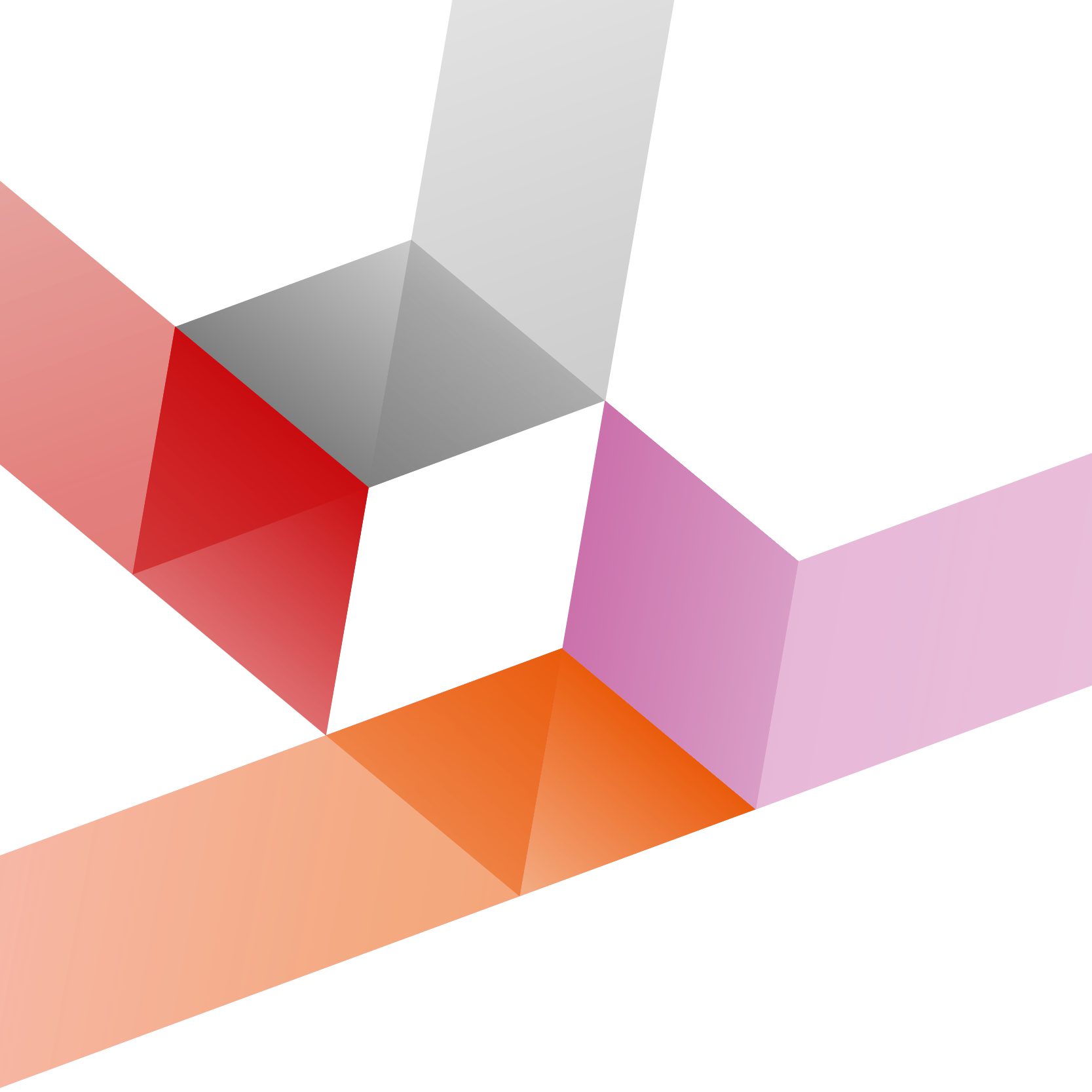Ein COIL-Projekt entwickeln
Wenn Sie ein COIL-Projekt (Collaborative Online International Learning) entwickeln, müssen Sie zunächst einen geeigneten Kurs auswählen und Partner*innen finden, die zu Ihren akademischen Zielen passen. Eine gut abgestimmte Zusammenarbeit mit der Lehrperson der internationalen Partnerhochschule verbessert den Lernerfolg der Studierenden, da auf diese Weise vielfältigere Perspektiven, interdisziplinäre Ansätze und realweltliche Problemstellungen in den Kurs integriert werden können. Bei der Suche nach der*dem passenden Partner*in für die Lehrkooperation sollten Sie darauf achten, dass Sie sich gemeinsam auf die Lernziele für den Kurs verständigen und gegenseitige Erwartungen definieren, um die Grundlagen für eine erfolgreiche Zusammenarbeit zu legen.

Kurz und knapp
In der Vorbereitung eines COIL-Projekts geht es besonders um die Wahl des richtigen Kurses und den Aufbau einer gut abgestimmten internationalen Lehrpartnerschaft. Nutzen Sie diese Aufbauphase, um miteinander die Lernziele zu koordinieren, definieren Sie Ihre gegenseitigen Erwartungen und klären Sie logistische Aspekte wie den Zeitplan und die Kommunikationswege. Es empfiehlt sich auch in dieser Phase Strategien zu planen, wie Sie die Studierenden animieren können.
Wie Sie als Lehrperson von der richtigen Planung und Vorbereitung profitieren:
- Sie verankern zukunftsorientierte internationale Kollaboration in passender Form von Anfang an in der Struktur des Kurses.
- Sie wählen relevante Themen und passende Partnerschaften, um den Lernerfolg Ihrer Studierenden zu ermöglichen.
- Sie berücksichtigen proaktiv Herausforderungen wie unterschiedliche Zeitzonen und erhöhtes Arbeitspensum.
Legen Sie den Grundstein für ein erfolgreiches COIL-Projekt, indem Sie von Beginn an interkulturelle und interdisziplinäre Zusammenarbeit aufeinander abstimmen.
Den richtigen Kurs und das richtige Thema wählen
👣 Sie können bestehende Kursziele als Ausgangspunkt nutzen und Ihr COIL-Projekt an diese anpassen.
👣 Wählen Sie ein Kursthema, das im Hinblick auf globale Problemstellungen relevant ist.
👣 Ziehen Sie auch interdisziplinäre Themen und die Zusammenarbeit mit Vertreter*innen anderer Fächer in Betracht:

Internationale Partner*innen finden
👣 Nutzen Sie Ihr berufliches Netzwerk und Kontakte der Universität
👣 Stimmen Sie Ihre Lehrmethoden auf das Leistungsniveau der Studierenden ab.
👣 Diskutieren Sie mit potenziellen COIL-Partner*innen gemeinsame Interessen und Kollaborationsmöglichkeiten, um abzuschätzen, ob Potenzial für gemeinsame Projekte besteht.
Vorbereitende Planung und Vereinbarungen
👣 Definieren Sie Ihre Erwartungen in Hinblick auf Lernziele und die Beteiligung der Studierenden.
Was Sie anstreben sollten
Eine Zusammenarbeit, die den Kurs bereichert
Das COIL sollte den Kurs ergänzen und bereichern, es sollte die Studierenden nicht von den Inhalten und Zielen des Kurses ablenken oder das Erreichen dieser erschweren.
Ausgewogenes und passendes Arbeitspensum
Aufgaben sollten an akademisches Niveau, Auslastung und Expertise der Studierenden beider Institutionen angepasst sein.
Sinnvoll gestaltete Gruppenarbeiten
Das Projekt sollte so gestaltet sein, dass die Studierenden miteinander arbeiten müssen, anstatt nur parallel für sich, damit sie auch voneinander lernen.
Bereicherung durch kulturelle und disziplinäre Vielfalt
Die verschiedenen Perspektiven der Lehrenden und Studierenden sollten nicht als Hürde betrachtet, sondern als Vorteil und Bereicherung für das Lernen angesehen und genutzt werden.
Was Sie vermeiden sollten
Unklare Ziele
Definieren Sie genau, wie das COIL-Projekt zum Erreichen der Ziele beider Kurse beiträgt, und nicht nur, inwiefern es eine Erfahrung internationaler Zusammenarbeit darstellt.
Zu viel Logistik
Zeitplanung und der richtige Umgang mit Technik und digitalen Tools sind zwar wichtig, diese sollten jedoch nur den Kurs unterstützen und nicht im Vordergrund stehen.
Passive Beteiligung
Gestalten Sie Aktivitäten, die einen aktiven Austausch und Teamwork der Studierenden erfordern, nicht nur parallel erstellte Beiträge. Bedenken Sie: Kollaboration ist nicht nur Kooperation!
Zu große Arbeitsbelastung für die Studierenden
Gestalten Sie das Projekt ausgewogen und im Rahmen der zuvor bestehenden Kursstruktur. So können sich die Studierenden beteiligen und werden nicht überlastet.
👣 Planen Sie ein persönliches Treffen.
👣 Identifizieren Sie Herausforderungen wie unterschiedliche akademische Kalender, Zeitzonen, etc.
👣 Einigen Sie sich auf bevorzugte Kommunikationsmittel (Zoom, Teams, E-Mail, etc.).
Sie haben Fragen?
Dann wenden Sie sich direkt an: coil-projects@th-koeln.de!
Header-Bild: © ZLE



